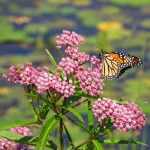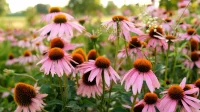A host plant is a specific plant that a bug, butterfly, or caterpillar eats, lives on, or lays its eggs on. A well-known example is milkweed: monarch caterpillars only eat milkweed, and monarch butterfly moms only lay their eggs on milkweed.
Now that we’ve covered the basics, let’s find out why exactly host plants exist and meet some host plants.
The incredible codependent relationship between host and host plant
As we remember from kindergarten, mom butterflies lay eggs on leaves, which then turn into hungry caterpillars. After a period of munching, the caterpillars create a cocoon and then emerge as butterflies.
Unlike the famous children’s story: many very hungry caterpillars only eat one kind of plant.
Although many flowers can be food for butterflies, the startling fact is that not all leaves can be food for caterpillars. This is why you may see butterflies on many different species of flowers, but some caterpillars have evolved to only eat one species of plant.
Some caterpillars only eat certain species of plants—these are called host plants.
And some caterpillars only eat ONE plant, which includes one of the pickiest eaters on the planet…
Milkweed: monarch caterpillars ONLY food
Monarch caterpillars are the pickiest eaters
Let’s take the mythical monarch butterfly as an example of how a host plant works.
The host plant for monarch butterflies is milkweed. Milkweed comes in 100+ different native species (and even a few cultivars.) Here’s why milkweed is so special to the monarch:
- Monarch butterflies will only lay their eggs on milkweed (look for tiny black dots on milkweed leaves in the spring and fall)
- Monarch caterpillars will only eat milkweed
- Monarch butterflies can enjoy the nectar from many plants, but they can only lay their eggs and feed as caterpillars with milkweed
Without milkweed, there would be no monarch butterflies.
Why do host plants exist?
The monogamous eating relationship between wildlife and host plants boils down to one word: survival. Here are a few ways host plants help wildlife survive:
Host plants can give toxic superpowers
Milkweed has a toxic compound in its milky sap that makes those who eat it throw up (or die, if it’s a small animal.) Monarch caterpillars have evolved to eat milkweed and hold the toxicity safely within their bodies. When a predator eats them, the toxic milkweed-based substance within the monarchs still does its damage and can make whatever eats them sick. Predators know not to try it again, and leave the monarch caterpillars and butterflies alone.
Host plants give mom butterflies peace of mind
Let’s put ourselves in a mom butterfly’s “shoes” for a moment…
You’re flying around—sometimes across states—and you need a place to safely lay your eggs. How can you ensure your baby caterpillars have food? The answer is a host plant. By committing to laying eggs on a certain plant or type of plant, a mom butterfly ensures her baby caterpillars will have something to eat.
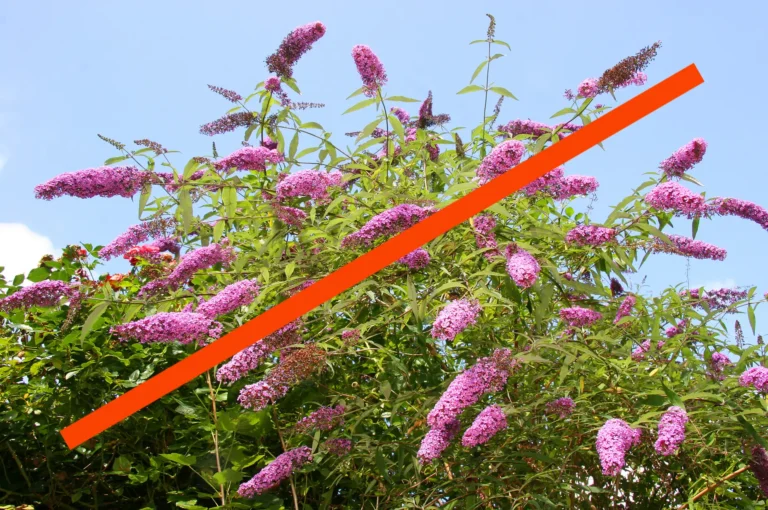
What about butterfly bushes?
“Butterfly bushes” are a true testament to the power of naming and marketing. Butterfly bushes are native to Asia. While the flowers do provide some nectar for butterflies when in bloom, butterfly bushes are not host plants for any North American butterflies. Think of them like Pepsi for butterflies—they are a sweet treat for adults but don’t offer the food or habitat of a host plant.
Replace all butterfly bushes with milkweed and other host plants.
More examples of host plants
Milkweed is just one example of a host plant and its butterfly partner. There are many other host plants where the butterfly moms lay their eggs and are the sole food for their caterpillars. Without these native host plants, the butterflies could not survive.
Here are some host plant pairs found throughout North America:
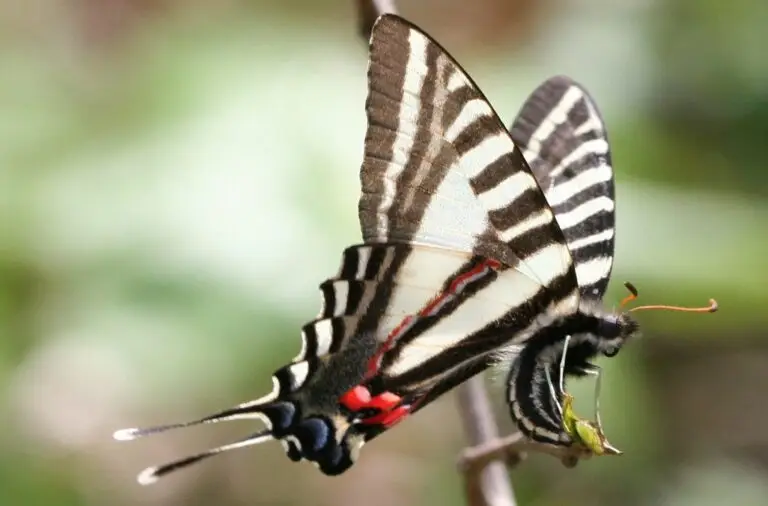
Zebra swallowtail butterflies’ host plant is Pawpaw trees, native to the Northeast, Mid-Atlantic, and Midwest.
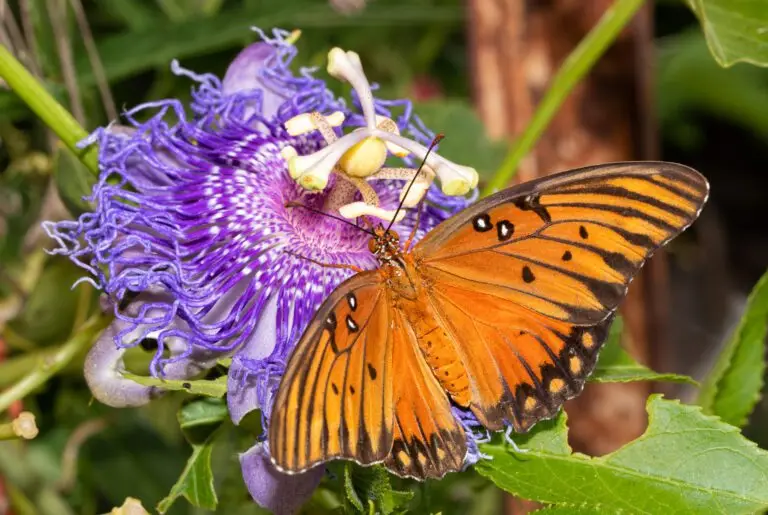
Gulf Fritillary butterflies’ host plant is Passionflower vines, native to the South.
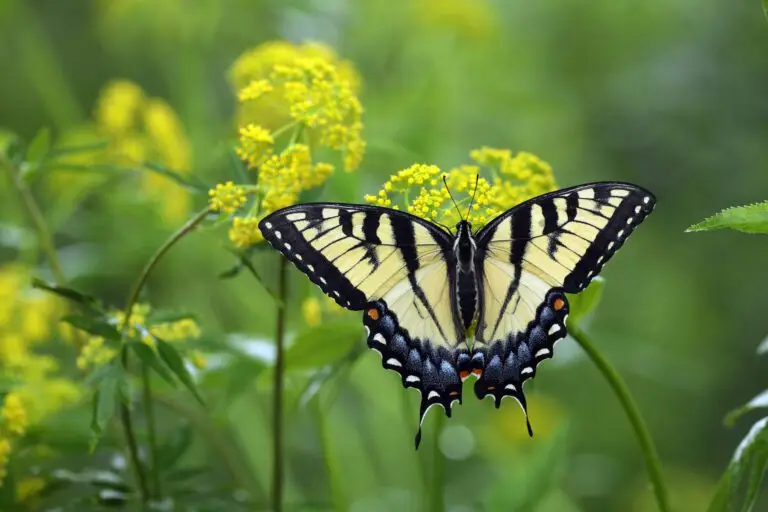
A beautiful host plant for Black Swallowtail butterflies is Golden Alexander, native to the Northeast, Mid-Atlantic, and Midwest.
And there’s more…
We have an entire article listing Native Host Plants for Butterflies. Gardening with a specific butterfly in mind is a great way to plan and grow a pollinator garden. The National Wildlife Federation also has a regional host plant map where you can search by location.
How to plant host plants
Growing host plants is easy! You can either plant from seed or start with plants from a nursery or neighbor.
Grow host plants from seed
Buy native seeds from reputable online stores
There are many online seed companies that offer native seeds to plant. Planting from seed is much more budget-friendly than buying grown plants, but growing from seed takes some patience. Sometimes seeds are best started indoors or need two summers to flower.
Find or buy native host plants
There are three places to buy or find native host plants:
1
Buy from a local plant nursery
Your local nursery will have native host plants plants to buy, especially at the end of spring / early summer. Whenever possible, buy native plants from local nurseries. Home Depot and Lowes cannot beat the plant selection at local nurseries.
2
Find a local plant swap
Many host plants are easy to dig up and give away. Search local gardening groups on Facebook to find local gardeners who often give away plants during the spring and fall.
3
Visit local plant sales in the spring
Almost all local plant organizations and gardens have plant sales in the spring. These plant sales often include host plants that are not available at conventional nurseries. Check your local garden websites for dates.
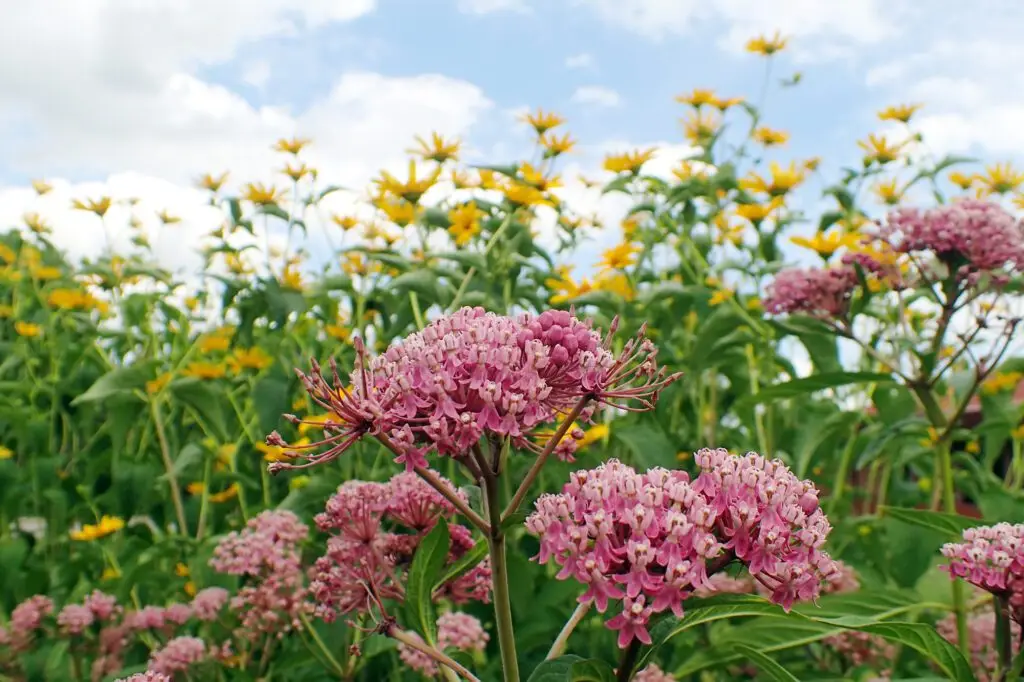
Plant 5+ host plants (ideally)
To maximize butterfly moms finding your host plants, grow at least five host plants in an area. This increases the chances that wildlife will find the plants and ideally lay enough eggs to prosper and thrive.
Planting native host plants help butterflies for years and years
One other amazing thing about host plants is many of them come back year after year. (A plant that comes back every year is called a perennial.) It’s so easy to have a beautiful garden of native host plants that come back, year after year. Plant native host plants once, sit back, and enjoy.
Planting native host plants is great for saving water (and being a lazy gardener)
For those of us who don’t want to spend hours and hours gardening, planting native host plants ensure your garden will be beautiful for years to come AND help butterflies, with minimal work from you. (Especially compared to non-native plants and lawn care.) Once native plants are established, they thrive with only the rain found in their home area.
Host plants are ALWAYS native plants—and that’s a good thing. Native plants don’t need fancy fertilizers, special soil, or extra attention. When planted in their home area, native plants have all they need to grow.
Host plants are another reason why it’s important (and easy!) to plant native. Without host plants in our landscapes, butterflies won’t be able to survive. Plant some beautiful host plants and enjoy the beauty of pollinators and a gorgeous yard. Happy planting!
Sources
- Harstad, Carolyn. Go Native! Gardening with Native Plants and Wildflowers in the Lower Midwest. (1999).
- Nelson, Gil. Best Native Plants for Southern Gardens: A Handbook for Gardeners, Homeowners, and Professionals, (2010).
